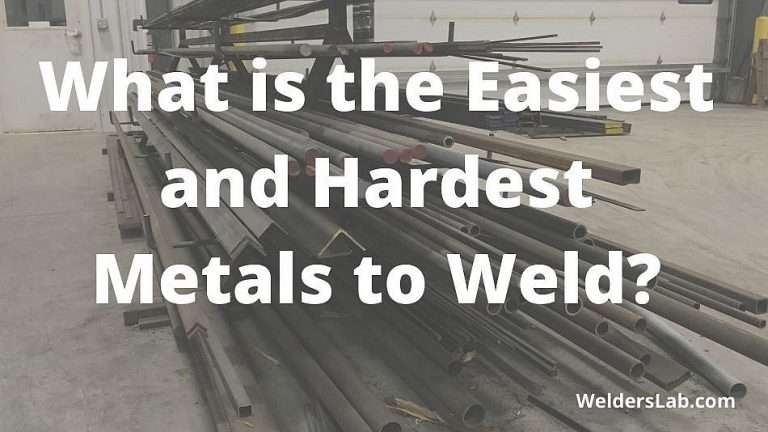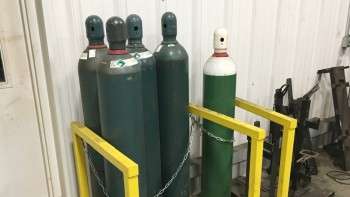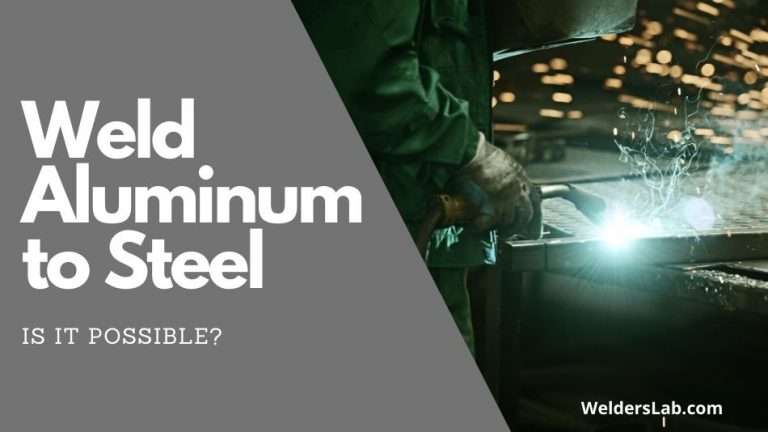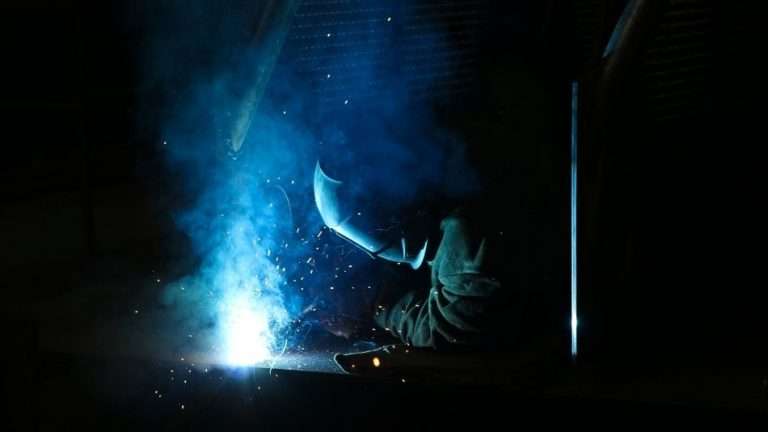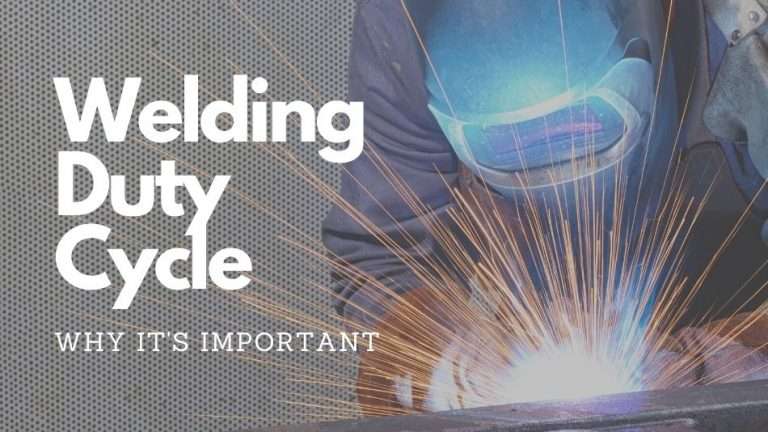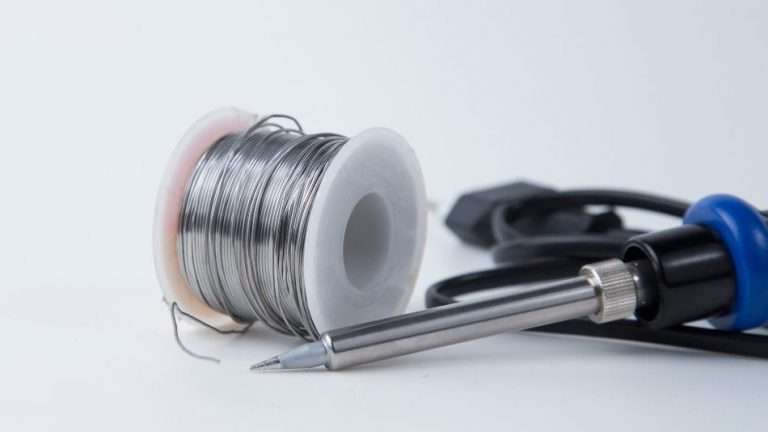What is the Best Way to Weld Galvanized Metal – Tips, Techniques, and Concerns
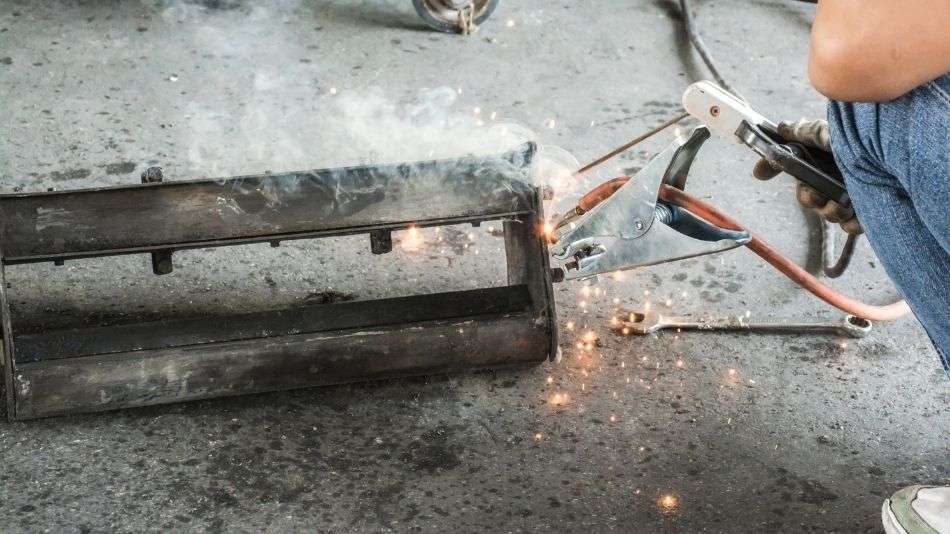
One of the worst things I’ve found to weld over the years is galvanized metal. While welding does create fumes if you’re welding galvanized metal the fumes can be extremely unsafe. So this begs the question, what is the best way to weld galvanized steel and do it safely.
The best way to weld galvanized metal is to create a well-ventilated area that allows the fumes to flow away from you. Also, consider wearing a respirator mask or using a fume extractor to draw the fumes in. While welding, keep your head away from the fumes by sitting further back from the weld.
Galvanized welding fumes are nothing to mess around with. In the rest of this article I’m going to share the exact process I use to weld galvanized metal along with a few of the tips, techniques, and tools to keep you safe.
How to Weld Galvanized Steel Safely
Welding galvanized metal is very similar to welding regular metal instead it has been dipped in a galvanized coating that engrains itself into the metal. However its the fumes that come from burning galvanized metal that can be unsafe.
Welding galvanized steel is a dangerous task when it comes to all of the fumes that a human is exposed to. Any type of fumes from welding can pose a very serious health risk. However, anything with a coat of galvanization fumes should be taken with an abundance of caution.
There is a condition known as “Metal Fume Fever” that occurs when being exposed to the fumes of zinc, which is the main ingredient in galvanized metal. Just like the flu, metal fume fever can cause fever, thirst, headaches, chills, chest soreness, nausea, vomiting, and shortness of breath.
It is of the utmost importance to keep these harmful toxins and fumes away from the person while proceeding in the acts of welding. There are many different tools available to assist with this process. From vents to fume extractors, these safety requirements are a must when in the welding process.
So here a few things to consider when welding galvanized metal.
Work in a Wide Open Area
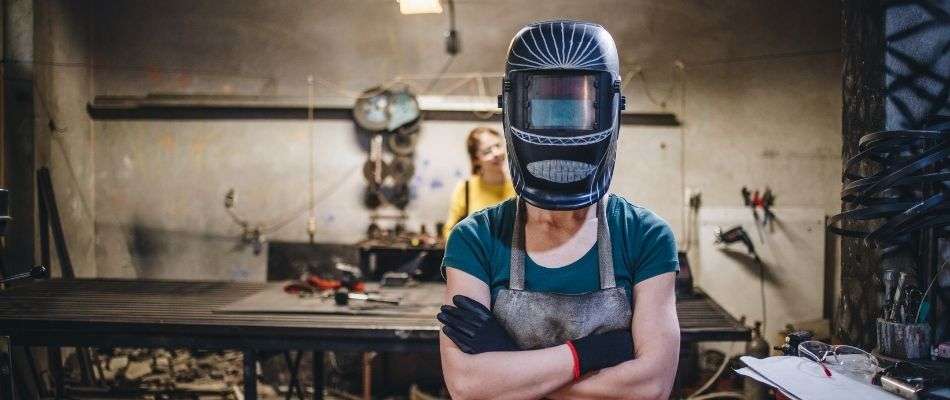
The first and foremost way to keep the fumes away from the person is to weld in a nice and open place. By having a more open space, there is more air and oxygen for the harmful toxins and fumes to dissipate into. Similar to not running a gasoline or diesel engine in an enclosed space, welders should not weld in an enclosed space if avoidable.
If this isn’t possible make to open any doors or windows to the building you’re working in. This will give the fumes a place to go instead of building up in your shop.
This will also create a suction to help draw the fumes out of the building you’re working in. In my shop I like to have my shop doors open as wide as possible when its nice out.
Stand in the Opposite Direction of the Fumes
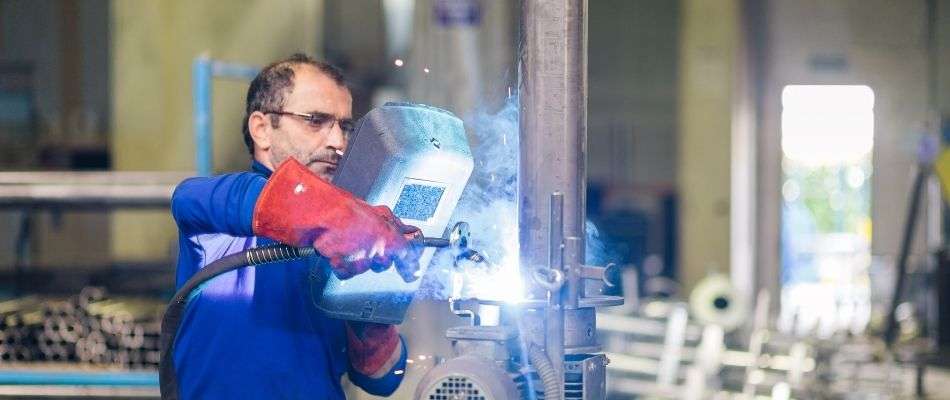
Next, when you open the door and the fumes are being drawn out try to stand in the opposite direction of the fumes. This will keep you out of the path of the fumes and keep you from inhaling them.
To figure out which direction just run a small bead and after its done pull your helmet up and look to see where the fumes go. Another way to do this is to hold a small piece of paper up to see which way the paper blows.
If the wind is strong you can often times tell which direction the wind is coming from as it passes by you.
Keep Your Head Out of the Fumes
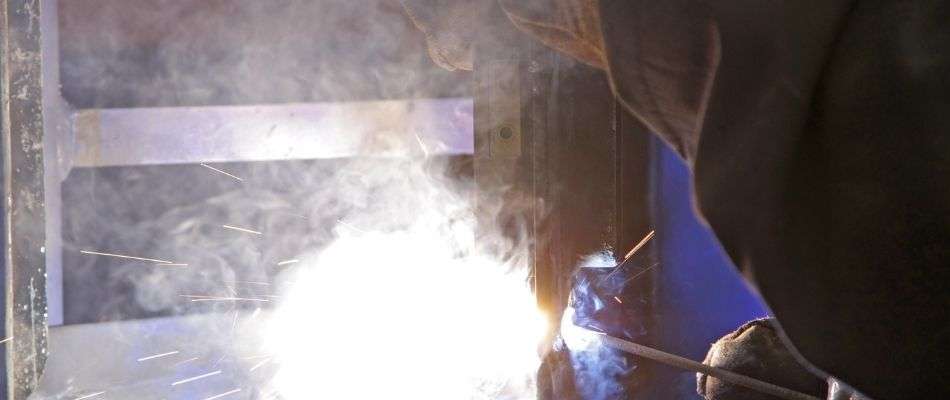
Finally, you’ll want to keep your head out of the fumes. This might sound like common sense but I often see new welders who come to work for me keep their heads to close to the weld.
Instead, stand straight up to keep your head directly out of the fumes. Welding fumes tend to go straight up before dissipating.
Also, make sure you keep your helmet tight against you while welding. If your helmet is not tight against you while welding it’s likely that some fumes will get up in your helmet. This can be a bit hard at first but with a little practice, you’ll get used to it.
Now that you know some basic their is also some simple tools you can use to help you out in this as well.
Tools for Welding Galvanized Metal Safely
Now that I’ve shared some practical ways to weld galvanized I going to share some basic tools I use in my show to help remove the galvanized fumes.
Overhead Fans

One of the first things you can do is set an overhead fan. Welding fumes tend to drift upwards but once they get to a certain height will start to hang overhead creating a haze. These galvanized fumes can be dangerous because they eventually start coming back down.
To avoid this you can run an overhead fan. These fans will help push the fumes out of your shop. In my shop, I have overhead fans that push the air and fans that suck the air out of the building.
Overhead fans should always continue to be used even when the welding is over. This will help to further disburse these dangerous zinc oxide fumes. Some shops will leave these fans running continuously.
The more overhead fans that can be installed in a specific work area, the better. It can be better to have several smaller fans moving the air rapidly as opposed to one huge fan. They should be run as quickly as possible.
Low Fans

Low fans also known as squirrel cage fans are an asset to have around the lower part of the welding area. These fans are designed to move the air below your weld. You never want to blow air directly on your weld as it will blow away your shielding gas.
If possible, they should be aimed at the open-air part of the shop. This is the safest way to move the galvanized air and avoid the problem quickly.
These squirrel cage fans are one of the oldest assets that welders use. By keeping them in the highest fan setting, they will move as much air as possible and also keep you cool at the same time.
Fume Extractors

Although they are expensive, a fume extractor can be a very important tool to have. Similar to a hood vent about a cooking range, a fume extractor serves a similar purpose. It will draw most (if not all) of the dangerous zinc-filled fumes up to the top of the room.
The fume extractor will be connected to an opening on the side or top of the building, allowing the fumes to quickly dissipate. By doing this, the fans will be more effective as there will be less harmful fumes to circulate. Both the fume extractors and fans can work in tandem with one another.
If cost is a big factor for you then check out mobile fume extractors. I have two of them in my shop and they work great in sucking up fumes.
There are many different brands of fume extractors available, and they should be chosen based on the square footage of the work area.
A fume extractor that is too small will not work effectively. A fume extractor that is too large is usually not a bad thing, however, it could use more electricity than necessary.
Respirator Welding Masks

Using a welding respirator mask is also a very important piece of safety equipment.
These respirator masks should always be approved by the Mine Safety and Health Administration (MSHA) or the National Institute for Occupational Safety and Health (NIOSH).
By being certain that the mask is approved by one of these committees, there is a better chance that it will be protected against these zinc oxide fumes.
Along with wearing a respirator mask, it is important that it is used properly and fit properly.
It should be properly secured before the welding machine is started, and should never be removed until reaching an open space away from the fumes. Plenty of time should be given for the fumes to dissipate before returning to the welding station.
If a person is always welding galvanized metal, they should always have one of these specialized masks on hand.
Health Concerns of Welding Galvanized Metal
When overexposed to fumes, a person can develop “Metal Fume Fever”. While the condition can never be completely avoided, there is much less of a chance of overexposure with the proper safety equipment in place.
If a person does develop “Metal Fume Fever” it is because they were overexposed to the zinc oxide fumes released from the galvanization. There are many flu like symptoms of this “Metal Fume Fever”.
- tiredness and fatigue
- weakness
- stomach pains
- muscle aches
- chills
- thirst
- tight or sore chest
- nausea and vomiting
- fever
The onset of these symptoms will most likely take place quite some time after the welder has finished (usually several hours). A welder can usually know early on if they have been exposed due to a sweet or metallic taste in their mouth.
There are regulations in place as to how many zinc oxide fumes are permissible in the air, but it is not always feasible to detect this. In these cases, the proper safety equipment and observation of one’s health can be the best insurance policy to take out.
If a person does suspect that they have been exposes to too much zinc oxide from welding galvanized pipe or steel, it is important to seek medical attention right away. A physician or emergency facility should be able to provide advice and protection.
Typically, a normal temperature will resume within one to four hours after exposure. If it is persistent, medical attention should absolutely be sought after.
Summary
When welding galvanized pipe, galvanized metal, or galvanized steel, it is very important to know the proper safety procedures. There are many safety courses available that an individual can take. Some employers make these safety courses mandatory.
All professional facilities should be equipped with the proper fume hoods, vents, and protective gear. When working outside, at least a protective mask that is approved by The Mine Safety and Health Administration (MSHA) or the National Institute for Occupational Safety and Health (NIOSH) should be considered.
Welding is a dangerous occupation on its own, the the zinc oxide fumes found in galvanized materials make it even worse. The chances for injury go up greatly when dealing with these types of projects.
The most common people who are exposed to these issues would be welders in the railroad, construction, and pipe making fields. It is important for these people to understand their risks, and know that they can do to protect themselves.
When welding in any location, building, or area, the proper safety precautions should always be observed. It is always better for a worker to be protected rather than become ill due to toxic fumes. Welders are the backbone of the nation, and they should be protected and well cared for by having the appropriate equipment provided to them.

